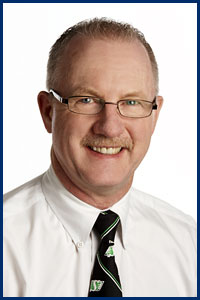 Vending machines are a quick way to satisfy hunger. You put in $1.50 and you get back a candy bar, bag of chips or even a soda…but that’s not all! Vending machines not only dispense sweet treats and caffeine bursts, but they also dispense cavities!
Vending machines are a quick way to satisfy hunger. You put in $1.50 and you get back a candy bar, bag of chips or even a soda…but that’s not all! Vending machines not only dispense sweet treats and caffeine bursts, but they also dispense cavities! Every time you chow down on that chocolate bar the bacteria in your mouth have a party feasting on the sugar. The sugar quickly turns into acid; that’s right, ACID!!! The acid sits on your teeth and eats away at the tooth’s natural enamel (the stuff that protects your tooth from decay). When this enamel is eaten away by the acid on your tooth, you get a cavity! Brushing your teeth after eating a sugary treat can help prevent cavities; but before you indulge remind yourself: “can’t brush? Hold the sugar!”
When choosing a snack, consider these nutritional options that will not only satisfy your hunger and that “sweet tooth”, but won’t cause acid build up resulting in cavities:
• Fresh Fruits (berries, oranges, melon, pears, etc)
• Soft Bread
• Milk (low or non-fat)
• Cheese (low or non-fat)
• Sliced meat






















